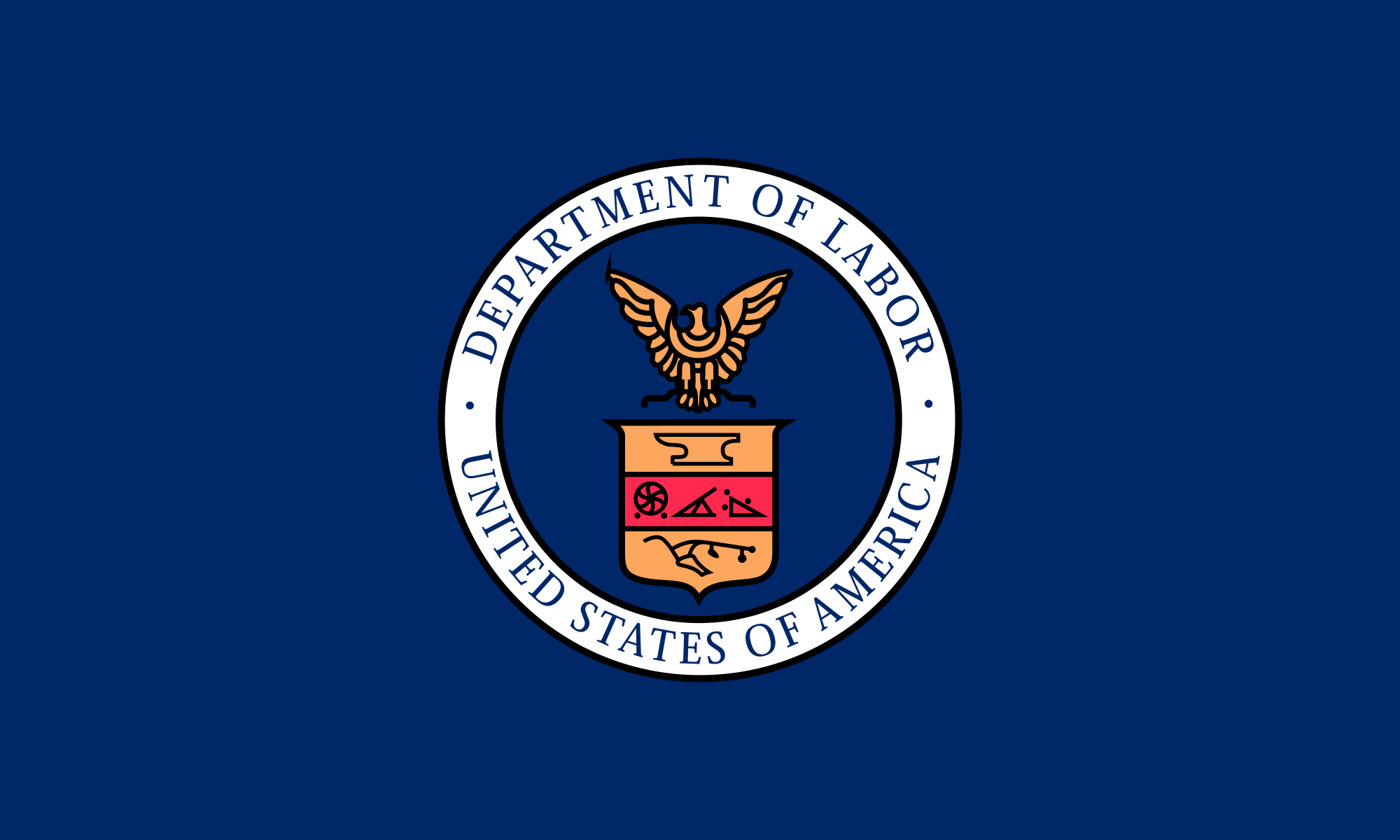2016 has been filled with controversial law changes affecting contractors, like the first increase in OSHA fines in 27 years, OSHA’s new injury reporting rule, and new overtime pay rules. Industry groups have submitted comments hoping to ease the pain on contractors, but have not had any success overturning any of them. The next challenge facing contractors started with the Fair Pay and Safe Workplaces Executive Order signed in July 31.
For all federal construction contracts totaling $500,000 or more, labor and materials included, the Fair Pay Act seeks to hold contractors accountable for following the 14 federal labor and employment laws and any equivalent State laws by forcing them to disclose any violations from the previous 3 years. The 14 labor laws are:
- the Fair Labor Standards Act;
- the Occupational Safety and Health Act of 1970;
- the Migrant and Seasonal Agricultural Worker Protection Act;
- the National Labor Relations Act;
- 40 U.S.C. chapter 31, subchapter IV, also known as the Davis-Bacon Act;
- 41 U.S.C. chapter 67, also known as the Service Contract Act;
- Executive Order 11246 of September 24, 1965 (Equal Employment Opportunity);
- section 503 of the Rehabilitation Act of 1973;
- 38 U.S.C. 3696, 3698, 3699, 4214, 4301-4306, also known as the Vietnam Era Veterans' Readjustment Assistance Act of 1974;
- the Family and Medical Leave Act;
- title VII of the Civil Rights Act of 1964;
- the Americans with Disabilities Act of 1990;
- the Age Discrimination in Employment Act of 1967;
- Executive Order 13658 of February 12, 2014 (Establishing a Minimum Wage for Contractors)
Effective October 25, 2016, federal agencies will have the ability to disqualify contractors if they have violated any of 14 laws. The new rule is over 500 pages long and a real thrill of a read (you can read it in its entirety here), but the change is mostly in the enforcing of the previous laws, rather than adding any new laws. The rule will be slowly rolled out in phases, giving prime contractors and subcontractors a chance to gather all the appropriate information and ease into the new rules.
The Associated Builders and Contractors (ABC) have issued a statement, referring to the new rule as “blacklisting,” claiming the rule “will increase costs for taxpayers, threaten the livelihood of millions of Americans who work for responsible federal contractors and cripple the federal procurement process with needless uncertainty, delays and litigation.”
The Associated General Contractors of America (AGC), much like the ABC, fears the rule may scare away many construction firms due to the possibly “subjective nature” of disqualifying contractors. An agency labor compliance advisor (ACLA) position was created by the new order and the advisor will be responsible for reviewing companies’ labor violations and deciding whether or not they are qualified. The AGC made clear, in a press release, that they value honest companies and would not honest firms competing against a company that saves money by cutting corners, but they don’t want to see qualified contractors be blacklisted without clear cut guidelines.
In the same press release, the CEO of AGC explained further, “While there are many flaws with this new measure, one of its biggest is that it gives federal officials enormous discretion to decide which firms should be singled out for punishment. For example, it allows a federal contracting official to give greater weight to the same safety violations depending on which firm was accused of committing them. Such subjective criteria opens the door to punishing federal contractors based on which political, social or labor causes they support, instead of their safety performance or treatment of workers.”
While some have seen the new laws as a hindrance, others are seeing opportunity. James Boland, the president of the International Union of Bricklayers & Allied Craftworkers, stated in a press release, “This country is founded on the principle of fairness, and the Order and its implementing regulations weave that basic principle into federal contracting and procurement processes. The Fair Pay and Safe Workplace regulations will create a mechanism for bad actors to right their wrongs, and for employees to get the fair pay they worked hard for.”
By disqualifying contractors who may not have been following the rules in the past, Boland argues that employees will finally getting the fair pay that they deserve. It also opens the doors for contractors who are following the rules to win more bids.
What do you think? Tell us in the comment section below!











